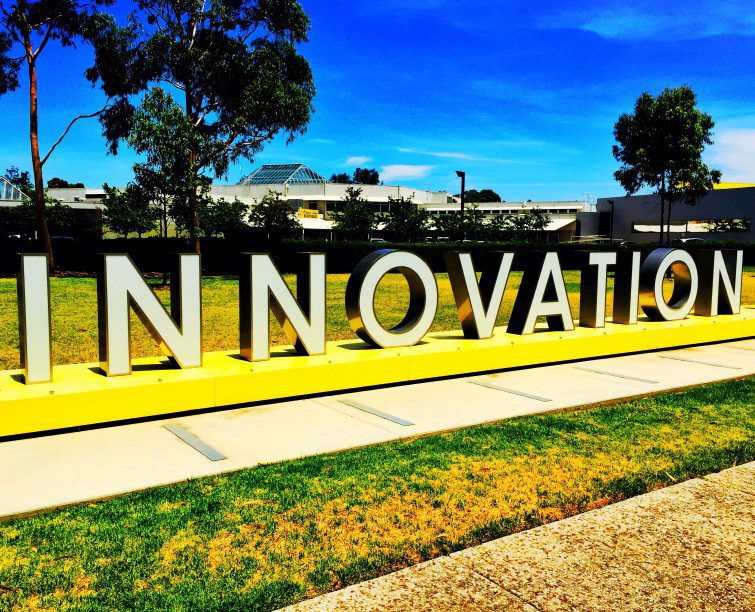Humanizing Management with Gary Hamel
If we want adaptable, innovative and inspiring organizations we have to reinvent management and give employees a lot more autonomy and power.
Why You Should Care
0If you want to change a part of the DNA of an organization you have to make innovation an instinctive activity.
In most organizations of big size, deep strategic change comes typically as a product of crisis.
To build organizations fit for the future start with principles, not with practices.
“To command is to serve, nothing more and nothing less.” Andre Malraux, a French novelist of the mid-20th century, was definitely onto something. As we adjust to the new world of work we have been thrust into, where the need for technology is ever increasing and competition for a market share hardens, we need to re-evaluate our internal processes and core structures to adjust to the demands of today and tomorrow.

@sstevanja via Twenty20
- Making innovation a core competence. It is essential to build organizations that can change as fast as change itself. Adaptability must be at the core of a companies’ culture and operations. “In most organizations of big size, deep strategic change comes typically as a product of crisis,” says Hamel. “Most companies do not change proactively.”
- If you want to make change a part of the DNA of an organization you have to make innovation an instinctive activity. “The pace of change as a function is related to the pace of innovation,” explains Hamel. Furthermore, “without experimentation there is no evolution.” If a company wants to build an evolutionary advantage that can outrun change it has to make innovation a core competence. Which brings us to the third challenge …
- Building an organization where people are willing to bring the gifts of their creativity, passion and mission to work every day. “You cannot command innovation,” Gary points out. “It is a product of individual creativity, of proactive people who are encouraged to challenge all assumptions, to try new things and have a passion for making a difference in the world.”

Read more
- Spotify Leading Through A Crisis
- Let The Games Begin! Reinventing Learning Tech
- Not Yet Cracked The Code on Diversity? Here’s Why
You cannot structurally empower the few and dis-empower the many and have an adaptable organization
Gary Hamel
Unfortunately, too many large organizations are lacking these competencies as they still operate under the out-dated workforce management models. “Management 1.0 at its core is a mash-up of military command structures that go back thousands of years layered with the discipline of industrial engineering, which goes back maybe 120 years,” proceeds Gary. As a result, the architecture of command and control combined with the ideology of efficiency at scale are deeply ingrained in our organizations. Gary gives an example to illustrate this. “If you ask virtually any employee around the world to draw a structure of their organization, they are still going to draw a picture of the traditional hierarchy. The problem is that in this hierarchy we give the responsibility for setting strategy and direction to people at the top. Yet, it is these senior executives who built the old business model with much of their emotional equity invested in the past. You cannot structurally empower the few and dis-empower the many and have an adaptable organization. It’s impossible.” Unless as a company you have lots of projects and initiatives that cross these organizational boundaries and it is easy to reconfigure the organization around new opportunities, you are going to miss those opportunities.

@haim via Twenty20
This leads us to the role of HR leaders, which Gary Hamel sees as being three-fold:
- Be very honest about what are the fundamental challenges we face today as organizations, to ensure that we are tackling these challenges at root level. It is simply counter-intuitive to build an adaptable innovative organization with rigid structures, centralization and a traditional hierarchy, where people are afraid to experiment. Therefore, step one is to acknowledge the need for fundamental transformation, which affect the deep logic and structure of an organization. “If HR people are not willing to talk about that, to admit that, anything they do is going to be very incremental.”
- To build organizations fit for the future start with management principles, not with practices. In times of crisis it is the company’s principles on which it can fall back. Organizations today are built around a set of principles we inherited from the past: standardization, specialization, unitary command, conformism, predictability and the use of extrinsic rewards. These principles are servants to efficiency, discipline and control, as opposed to adaptability, innovation and inspiration. “We have to compliment these old principles with a new set around transparency, autonomy, diversity, collaboration, experimentation. That means looking at every single activity in the organization and asking ourselves ‘How do we change it? How do we engineer it so it reflects these new principles?’” Gary illustrates his point further with a couple of practical examples. Think about how dramatically our lives have changed as consumers thanks to the web. We’ve been greatly empowered by tools like Amazon, TripAdvisor, Netflix, Skype, eBay, Google and others. They have empowered us to search, to make decisions and to connect to people. However, web-based tools that are being deployed within HR and inside corporations haven’t had the same level of empowerment from the employee perspective. “In fact, we know from a recent survey that only one out of five employees around the world thinks that he/she is sufficiently empowered, thinks that his/her leaders are willing to truly share the power and authority with the individuals on their team.” There is an increasing disconnect between our empowered lives as customers and our dis-empowered lives as employees. “And yet we know without any doubt that if we want adaptable, innovative and inspiring organizations we have to give employees a lot more autonomy and power.”
- To recognize that retooling HR for a post-bureaucratic world is not going to happen all at once, and it is not going to happen top-down. It took several decades for Management 1.0 to emerge and evolve into policies, procedures and rules that allowed us to get efficiency in scale and to manage complexity. The next wave of management is also going to take a decade or two to fully blossom, and it is going to happen step by step. What this translates into practically for HR professionals is constant experimentation – taking these new principles and experimenting with ways to put them at the core, and change HR policies. However, changing the entire organization through experimentation all at once is neither strategic, nor realistic. Therefore, Gary’s advice is to run low-cost experiments within parts of an organization to see if this change really makes a difference. “Experimentation is a key to evolution. It’s not about having the staff that take 6 months to re-engineer a compensation system. It’s about asking the entire organization to get involved and help you identify opportunities to apply these principles, to design low-cost experiments and then go test them. In a way, what I’m advocating is that we have to engage the whole organization in hacking our HR processes.”
Sign up to the UNLEASH Newsletter
Get the Editor’s picks of the week delivered straight to your inbox!

